I've been messing around with Django and the Django ORM at home, and I've got to say, I feel it is one of the best out there in terms of ease of use.
However, I was wondering if it was possible to use it in "reverse".
Basically what I would like to do is generate Django models from an existing database schema (from a project that doesn't use django and is pretty old).
Is this possible?
Update: the database in question is Oracle
